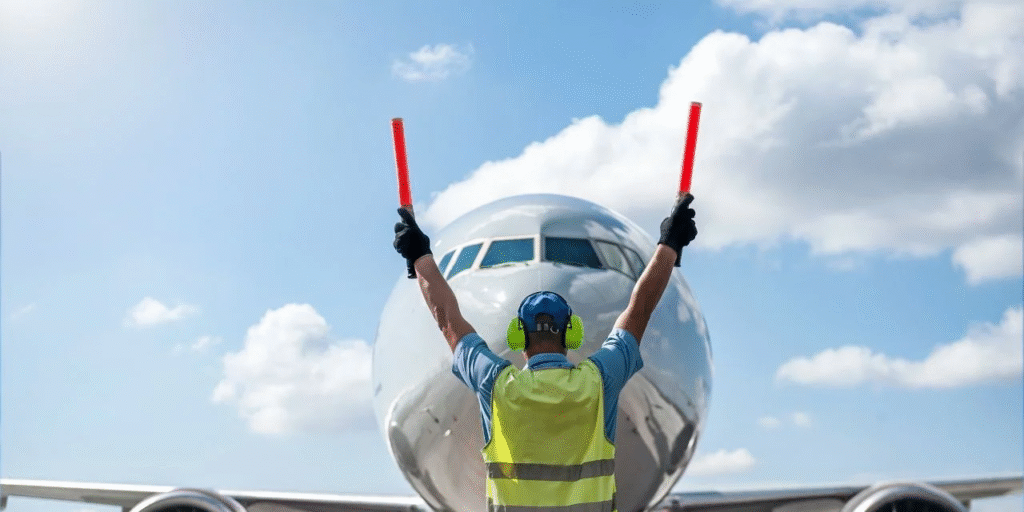- East Africa’s aviation insurance sector has reflected global volatility, shaped by geopolitical tension, rising claims, and operational challenges. Despite these pressures, the region’s market—spanning Kenya, Ethiopia, Uganda, Rwanda, and Tanzania—showed resilience, driven by a growing aviation sector, regulatory evolution, and digital innovation.

Market Overview
- East Africa’s aviation insurance market was estimated at USD 150–200 million in gross written premiums. Coverage included hull, passenger, third-party liability, war risk, and airport-related insurance. Major underwriters, including Allianz and AIG, operated through regional brokers and Lloyd’s syndicates. Local insurers such as Britam and Jubilee supported smaller operators and general aviation.
Key Coverages and Premium Trends
- Coverage types mirrored global norms:
- Hull Insurance covered physical aircraft damage.
- Liability Insurance protected against third-party and passenger claims.
- War Risk Coverage became essential for flights near South Sudan, Somalia, and eastern DRC.
Regional Risks and Claims
- Geopolitical instability impacted underwriting. International insurers limited exposure to routes near conflict zones. Claims included:
- A runway overrun in Entebbe.
- A fire at Wilson Airport.
- Turbulence injuries linked to shifting weather patterns.
- These incidents increased scrutiny of pilot training, airfield infrastructure, and climate-related safety.
Technology, Airports, and MROs

- Digital risk modeling and blockchain claims tools were piloted in Kenya and Rwanda. Telematics and AI helped assess pilot behavior and aircraft safety. Major airports upgraded insurance to include cyber liability and drone intrusion protection. MROs handling newer engines faced higher liability coverage costs due to part shortages and inflation.
General Aviation and Drones
- Tourism charters, humanitarian flights, and business jets drove demand. Theft, flooding, and hangar damage led to rising hull premiums. Drone use surged in agriculture and logistics. Kenya and Rwanda enforced liability coverage, while regional drone insurers offered tiered packages based on usage and airspace.
Reinsurance and Regulation
- Reinsurers tightened terms due to broader global losses. Treaty renewal discussions highlighted rising costs and reduced capacity. Regulators like KCAA and RCAA updated cyber and drone insurance rules, aligning with ICAO and AFCAC guidance.
Outlook
East Africa’s aviation insurance market has remained cautiously optimistic. While premiums stayed high, regional insurers adopted technology and partnered with OEMs, reinsurers, and startups to develop smarter, localized coverage. Growth in drone activity, charter demand, and airport development continues to shape the sector’s evolving risk profile.


